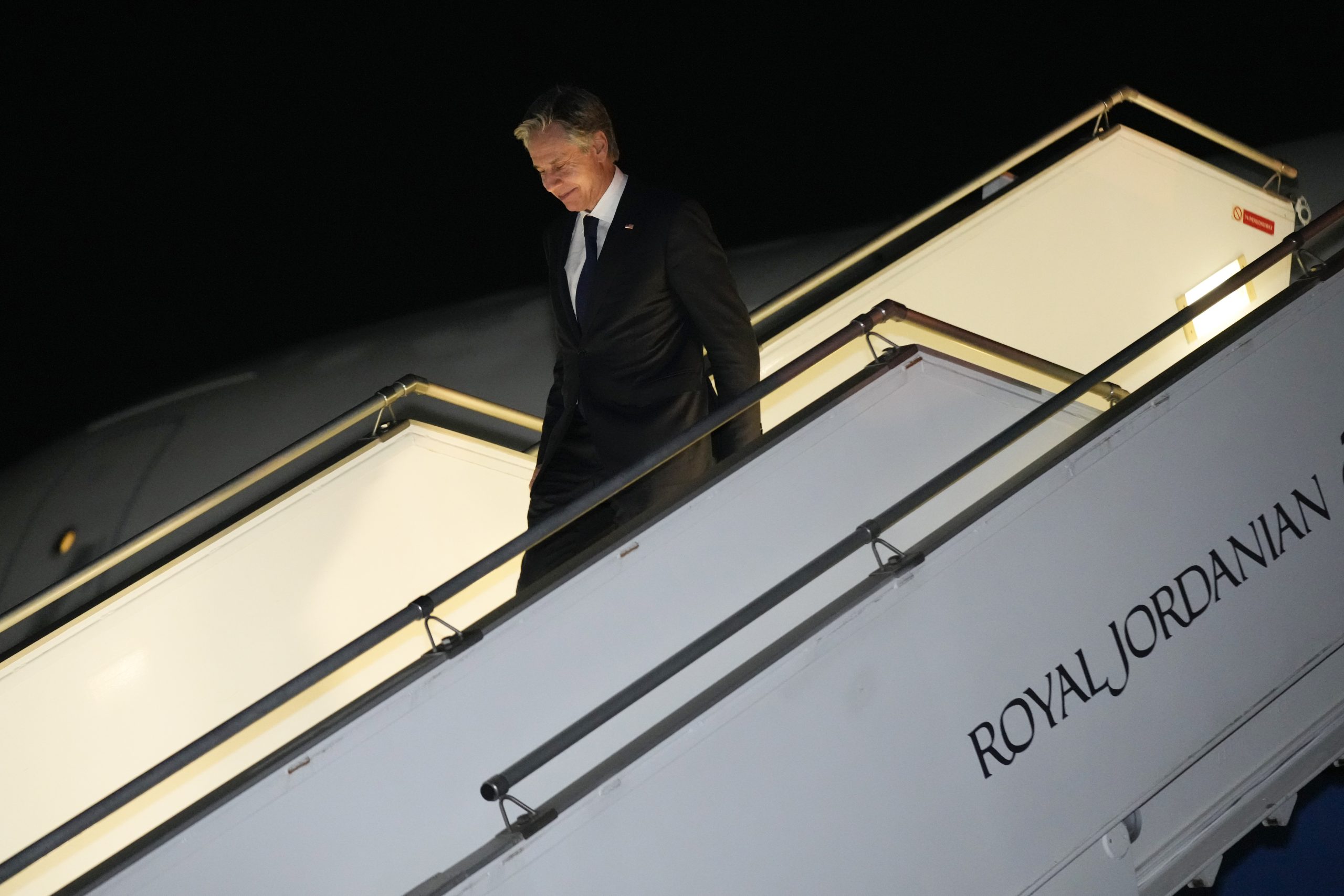Since the Oct. 7 incursion during which Hamas militants stormed out of the Gaza Strip and killed more than 1,300 people while abducting as many as 200 more, Israel has commenced an aggressive counterattack, with casualties mounting among the civilian population of Gaza; additional Israelis have died as well.
Israel has besieged the densely populated coastal region for almost two weeks, choking the flow of food and medical aid into the area amid fears the supplies could fall into the hands of the militant group Hamas.
As Israel intensified airstrikes over the weekend in preparation for a ground invasion, the first 20 aid trucks entered Gaza on Saturday after being blocked near the Egyptian-controlled Rafah border crossing.
The ongoing blockade of Gaza has pushed the enclave’s 2.3 million people to the brink of starvation, Cindy McCain, executive director of the U.N.’s World Food Program, told POLITICO on Sunday.
Israeli leaders have vowed to wipe Hamas, the Palestinian group in charge of governing Gaza, “off the face of the earth.”
Gaza, formerly controlled by Egypt, was occupied by Israel during the Six Day War in 1967. Hamas came to run Gaza in 2006, after Israel withdrew its soldiers and settlers there, though Israel and Egypt maintained a blockade of Gaza’s borders. What the governing structure will be for the region when the fighting ends is unclear.
“Something needs to be found that ensures Hamas can’t do this again, but that also doesn’t revert to Israeli governance of Gaza — which they do not want, and do not intend to do,” Blinken said.




